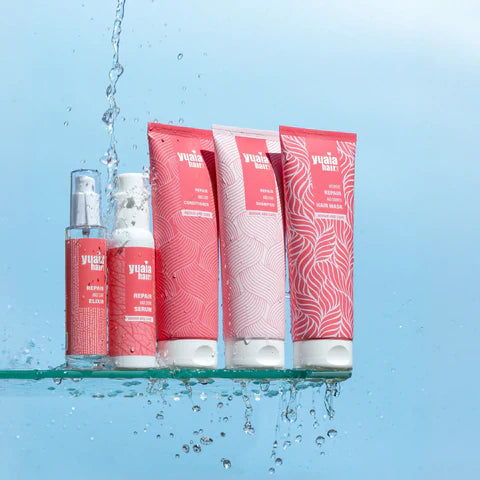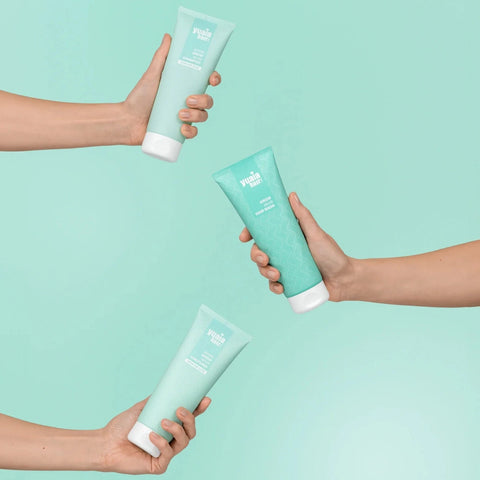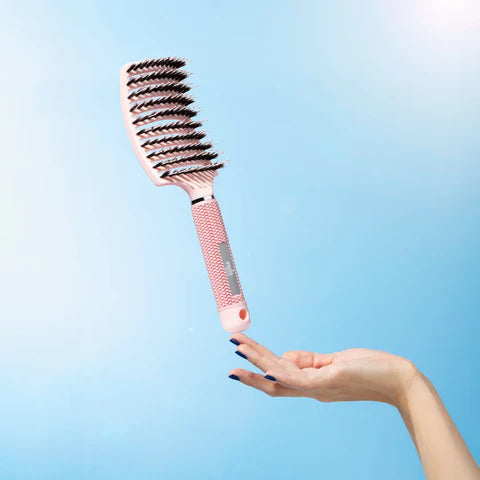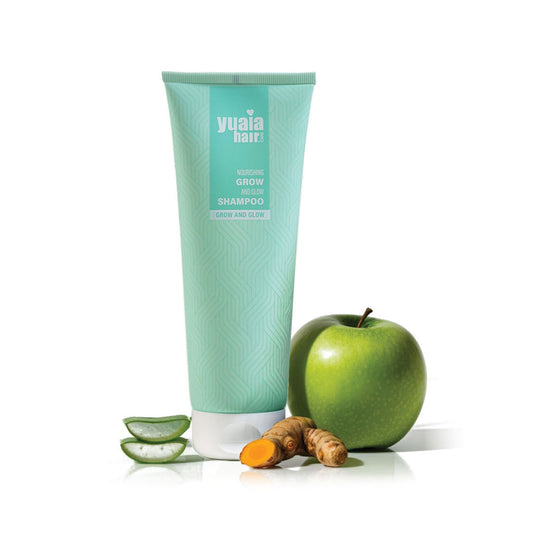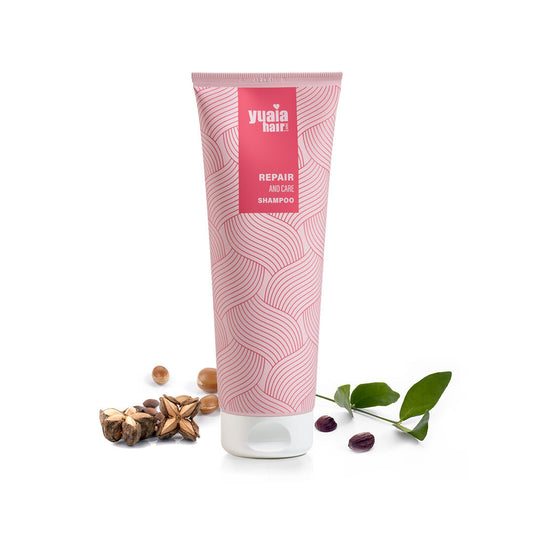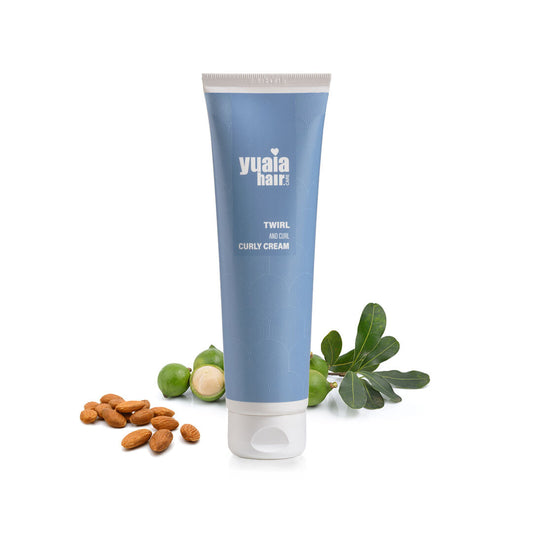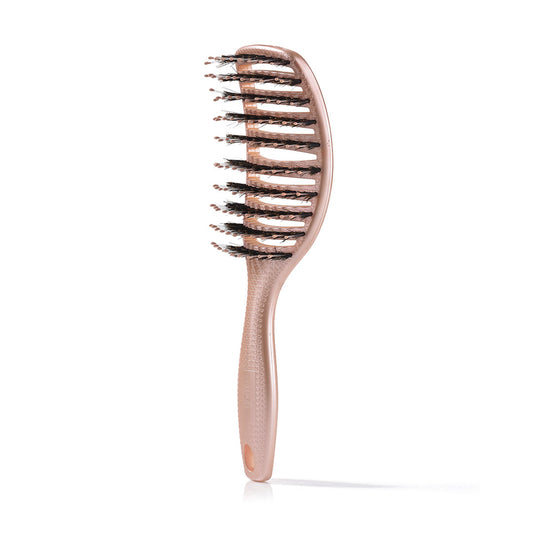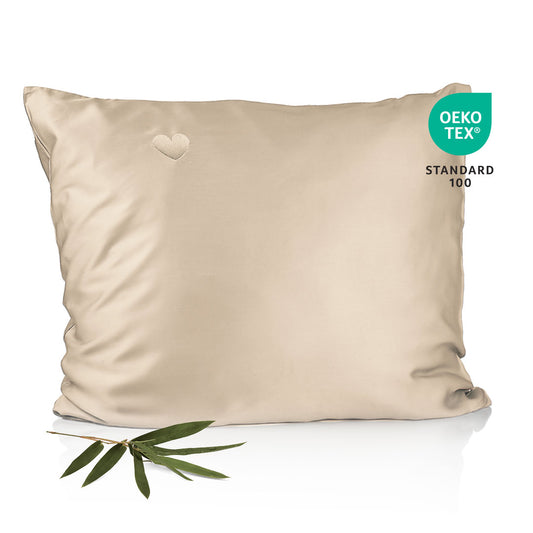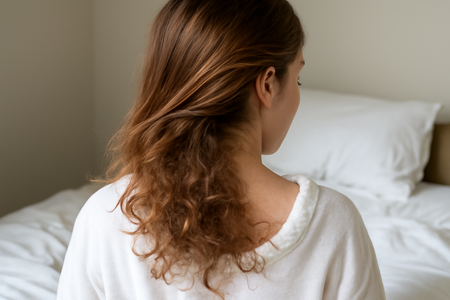
Unraveling the causes of hair tangling underneath
The role of mechanical friction
Mechanical friction is a primary cause of hair tangling underneath. This friction occurs when hair rubs against clothing, skin, and bedding, especially during sleep. The nape area is particularly vulnerable due to its constant contact with these surfaces. As you move, the hair at the nape is subjected to repeated rubbing, leading to the strands intertwining and forming knots. This is why many people wake up to tangles at the bottom layers of their hair.
Cuticle damage and its effects
Cuticle damage significantly contributes to tangling. The cuticle is the outermost layer of hair and should ideally be smooth and flat. However, when damaged, it becomes rough and lifted, creating snag points that catch on other hair. This is akin to Velcro, where the rough surfaces latch onto each other, increasing the likelihood of tangles. Factors such as dryness, chemical treatments, and heat styling are common culprits of cuticle damage. To protect the cuticle, using sulfate-free shampoos can be beneficial. These shampoos help maintain smoother cuticles, reducing friction and the subsequent tangling.
Hair porosity and texture challenges
Hair types such as curly, high-porosity, and chemically treated hair are more prone to tangling. Curly hair naturally loops and catches on itself, while high-porosity hair absorbs moisture quickly but loses it just as fast, leading to dryness. Chemically treated hair often has rougher cuticles, making it more susceptible to knots. Managing these hair types requires tailored care routines focused on hydration and gentle handling. For curly hair, using a product like our Twirl and Curl curly cream can help define curls and reduce frizz, minimizing tangling.
The importance of regular detangling
Regular detangling is essential to prevent knots from forming. Neglecting this can lead to more severe tangling, especially in the lower layers of hair. Using the right brush is crucial for effective detangling. The Curvy Brush is designed to glide through hair smoothly, reducing breakage and helping maintain tangle-free hair. Incorporating regular detangling into your routine can significantly decrease the frustration of dealing with knots.
Nighttime hair care routine
One effective strategy to combat hair tangling underneath is to adopt a protective nighttime routine. Styles such as loose braids or buns can help minimize tangling while you sleep. These styles reduce the movement of hair strands, keeping them from intertwining and forming knots. Additionally, choosing the right pillowcase can make a significant difference. Opt for a bamboo pillowcase, which reduces friction and helps maintain the hair's smoothness overnight.
Hydration and moisture retention
Maintaining hydration is essential for preventing tangles. Dry hair tends to have raised cuticles, which increases the likelihood of strands catching on each other. Regular use of moisturizing conditioners and hair masks can keep the hair cuticles smooth and less prone to tangling. At Yuaia Haircare, we offer a range of sulfate-free products that help maintain moisture and promote healthier hair.
Frequently asked questions
How can I prevent my hair from tangling while I sleep?
To prevent tangling during sleep, consider securing your hair in a loose braid or bun. Using a bamboo pillowcase can also reduce friction, helping to keep your hair smooth and tangle-free.
What should I do if my hair is already tangled?
If your hair is already tangled, start by applying a detangling spray or leave-in conditioner to add slip. Gently work through the knots with your fingers or a wide-tooth comb, starting from the ends and working your way up to avoid breakage.
Are there specific products that help reduce tangling?
Using products that maintain hair moisture, such as sulfate-free shampoos and conditioners, can help reduce tangling. These products keep the hair cuticles smooth and less likely to catch on each other, promoting easier detangling.
 Livraison en 2-4 jours
Livraison en 2-4 jours
 100 000+ clients satisfaits
100 000+ clients satisfaits
 Garantie de satisfaction
Garantie de satisfaction


